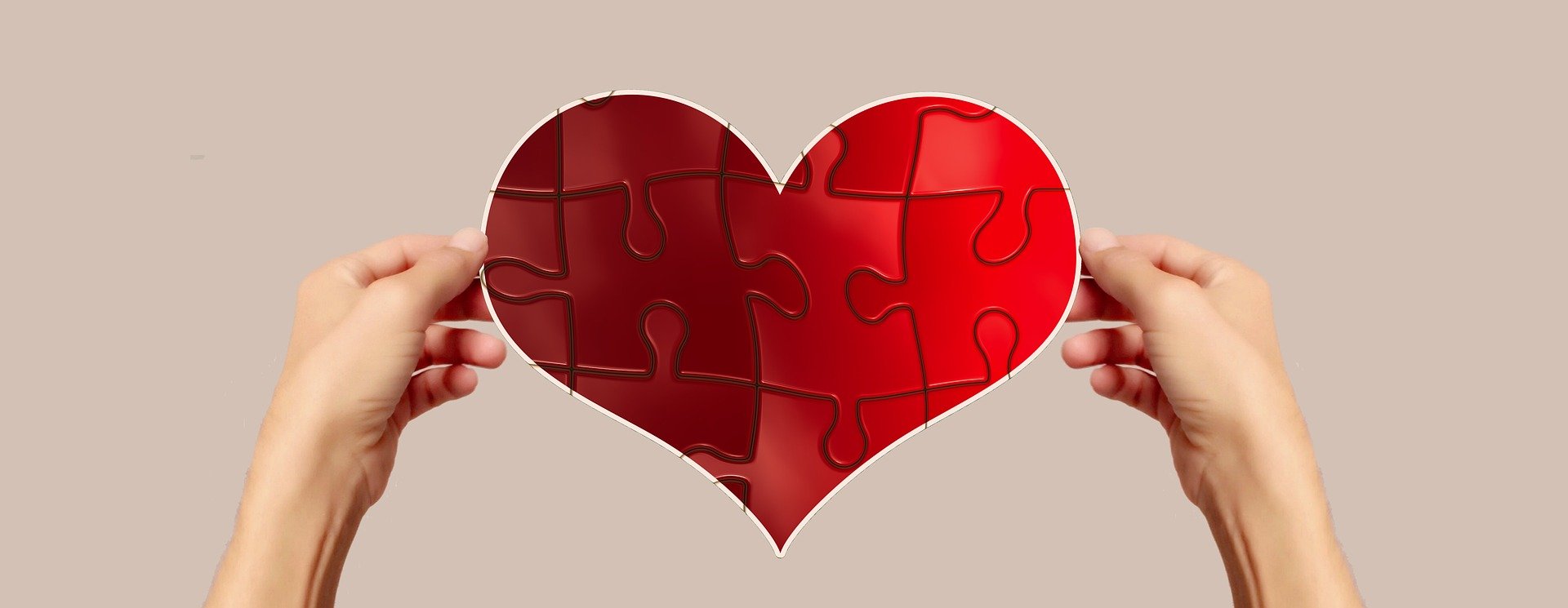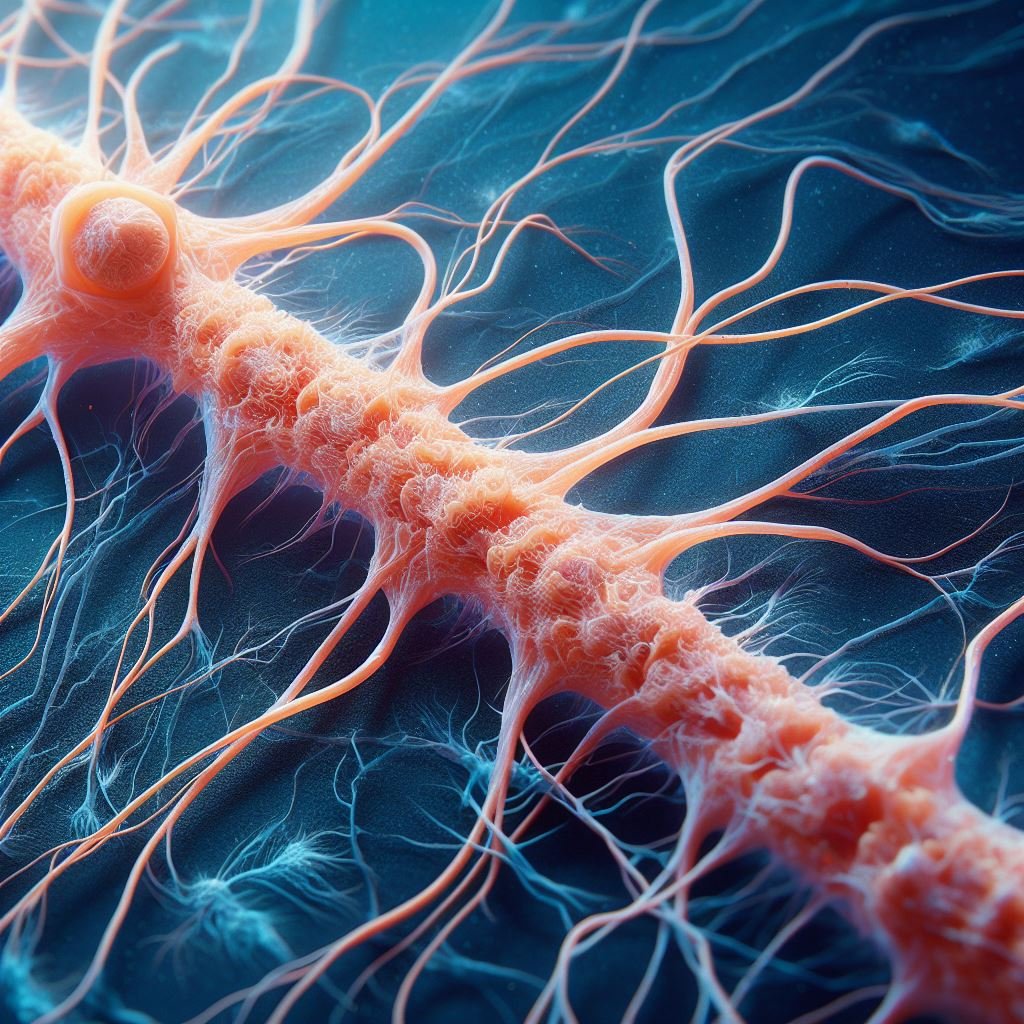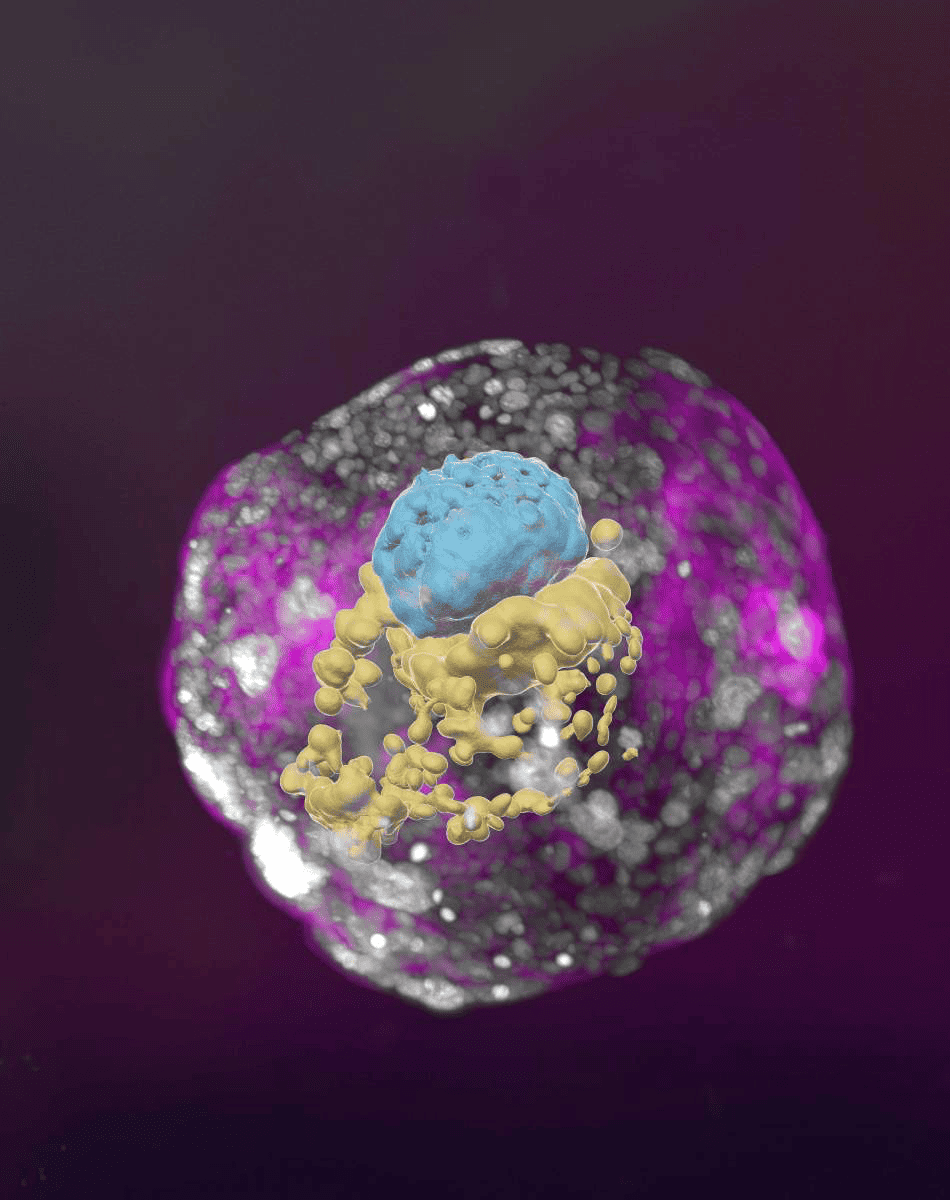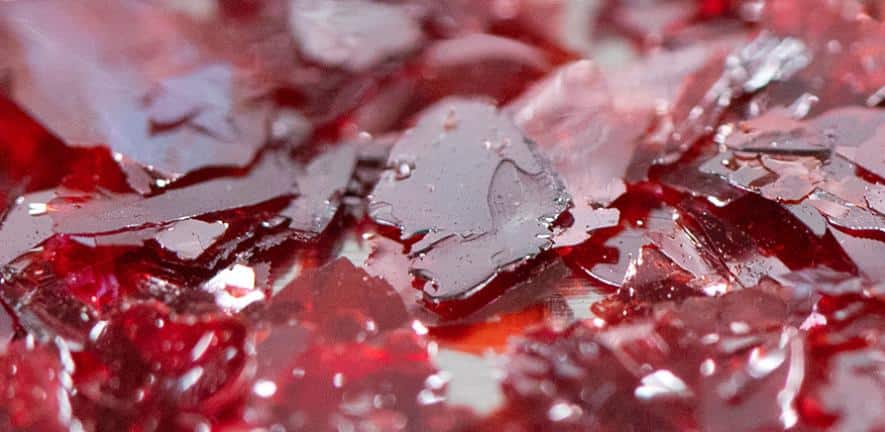
While it primarily affects those most vulnerable in society, everyone is susceptible to a heart attack. The good news is that fewer people than ever in the Netherlands are dying of them. But for those who survive, their hearts can suffer irreversible damage and lead to heart failure.
A new type of cell therapy being developed offers a way to heal a damaged heart. Injectable microspheres with stem cells attached can be injected directly onto a heart. They then attach to the wounded areas and regrow as heart cells.
“To truly mend broken hearts, it is important that stem cells are delivered in a way that allows them to survive within their new environment and turn into heart muscle cells,” says Dr Daniel Stuckey, leader of cardiac imaging at the University College London (UCL) Centre for Advanced Biomedical Imaging. “Our technology provides a new way of ensuring that the cells injected into the heart are working as they should.”
Funded by the British Heart Foundation, UCL researchers proved their findings by experimenting on rat hearts. They hope to test on human clinical trials in the next ten years.
Finding new uses for stem cells
Stem cell therapy is sometimes a controversial subject. The Netherlands has many protocols for how it should be conducted. But we still see it as a viable way to treat certain health problems. It’s why the Leiden University Medical Center is currently building one of the largest stem cell research facilities in Europe. Issues like cardiovascular disease, kidney failure, or diabetes are among the most treatable with this therapy.
So far, stem cell therapy in the heart has been a difficult frontier to cross. Stem cells often do not remain healthy in a heart long enough to achieve any long-term benefit. The microspheres allow stem cells to live longer, and they can be injected right into the heart muscle.
“We can do even more with this technology,” says Annalisa Bettini, the UCL PhD student who led the study. “As well as developing heart injections, we are developing these traceable microspheres to act as heart patches that can be simply injected to the particular area of heart damage.”
The microspheres are laced with barium sulfate, which shows up on CT scans. It allows researchers to visually track how the microspheres remain in place. It takes some guess work out of stem cell therapy – and could give another tool to cardiologists treating a broken heart.
Read about a device that makes dozens of stem cell therapies all at the same time.







